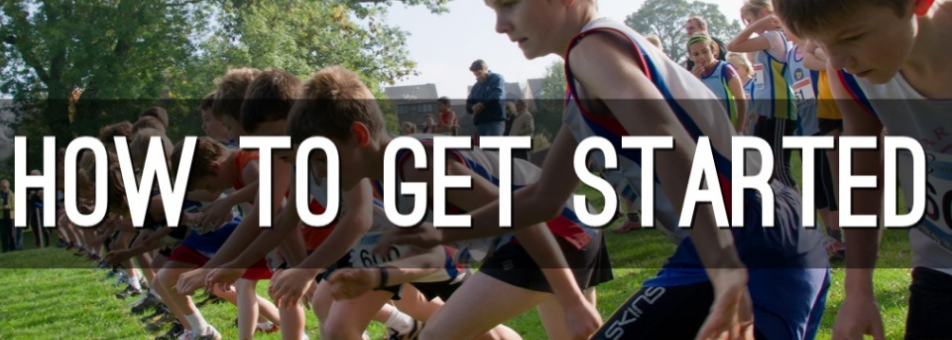Since graduating from a fellowship program in 2012, I frequently field questions from colleagues and DPT students about the benefits of fellowship education. It’s easy to list the many ways my clinical skills have advanced, how my professional development has accelerated and how I love the field of physical therapy even more now than I did before fellowship training.
What’s not easy is answering the question “What are the similarities and differences between all these fellowship programs?” or “Do you think X,Y, Z program would be a good one for me?”
With 43 accredited fellowship programs how does one even begin? On the ABPTRFE website they are categorized into Critical Care, Hand Therapy, Higher Education Leadership, Movement System, Neonatology, Orthopedic Manual Physical Therapy, Spine, Division I Sports and the Upper Extremity Athlete.
Let’s say you’re interested in an orthopedic manual physical therapy fellowship program. There are still 25 different fellowships to look into. Now I have been to the annual AAOMPT conference five times and have met and had conversations with numerous faculty, alumni and fellows in training from a variety of organizations, yet I don’t think I have more than a passing knowledge on many of the programs.
Visiting the 25 individual program websites in an effort of gain information is tedious at best. Could there be a better way to efficiently consume this information? One that would at least have basic information (duration, cost, # of graduates, etc.) in a central listing to serve as a launching pad?
The challenge of fellowship education should be elicited once you are in a program. Not while you are attempting to gather information about them.
As usual, there is a healthy amount of talk going on in student/new grad circles about continuing education options. This conversation usually goes two places: 1. “I am dead set on (fill in the blank) residency/certification because my CI was all about it and they were super cool!” or 2. I have no freakin clue what is going on in that world. The funny thing about me is that I feel like I can kind of resonate with both of those but I want to draw some attention to a gaping hole in our education and maybe get some help.
I am a third year student, 3 months from graduation and like most ambitious SPTs I really want to learn more and be a great PT, which has inevitably lead me to looking at structured continuing education models. As I started this search I was directed to APTA’s Residency and Fellowship website which basically lists them all but gives very little helpful information. So, I took to the only other place I knew I could get answers…the DPT Student Facebook page and I posted this:
This lead to a long string of messages that confirmed that there is a huge need for education about post grad educational opportunities. We, the students, need to know what the heck is going on. What does one group believe vs. the other? Which one is best for me? Are any of them right for me?
I don’t think these questions are being answered well right now. I propose we build a platform to REALLY understand the ins and outs of these programs and groups so that we are not going into them blind but confidently, knowing it is the best fit for us. How can we do this? A few ideas have been tossed around, but I think the best one so far is a short (2-4 minute video) of a representative from each group that answers the same set of 4-5 questions. These questions shouldn’t be ones that we can simply look up, like cost, duration or location, but questions like:
- What classification system is used? Tissue vs. Movement diagnosis
- thoughts/ beliefs on ability to dx tissues specifically
- What is the treatment philosophy?
- How is the Exam structured?
- How has fellowship training changed your practice?
- What is the ultimate reason for choosing the Fellowship you chose?
These questions are by no means the only ones to be asked or the right ones but I believe that they drive to the real heart of what continuing education is about. These are the types of questions that students and new grads are asking but that are not getting answered, at least by multiple groups, which makes the decision of what route to go down increasingly difficult.
If you are a fellow, resident or have completed a certification and would be interested in helping make this happen comment below or tweet either of us @AmyPakulaDPT or @zduhammy, and copy @PTThinkTank so we can keep track.
This post is by new author, Amy Pakula. Welcome to PTThinkTank.com, Amy!












